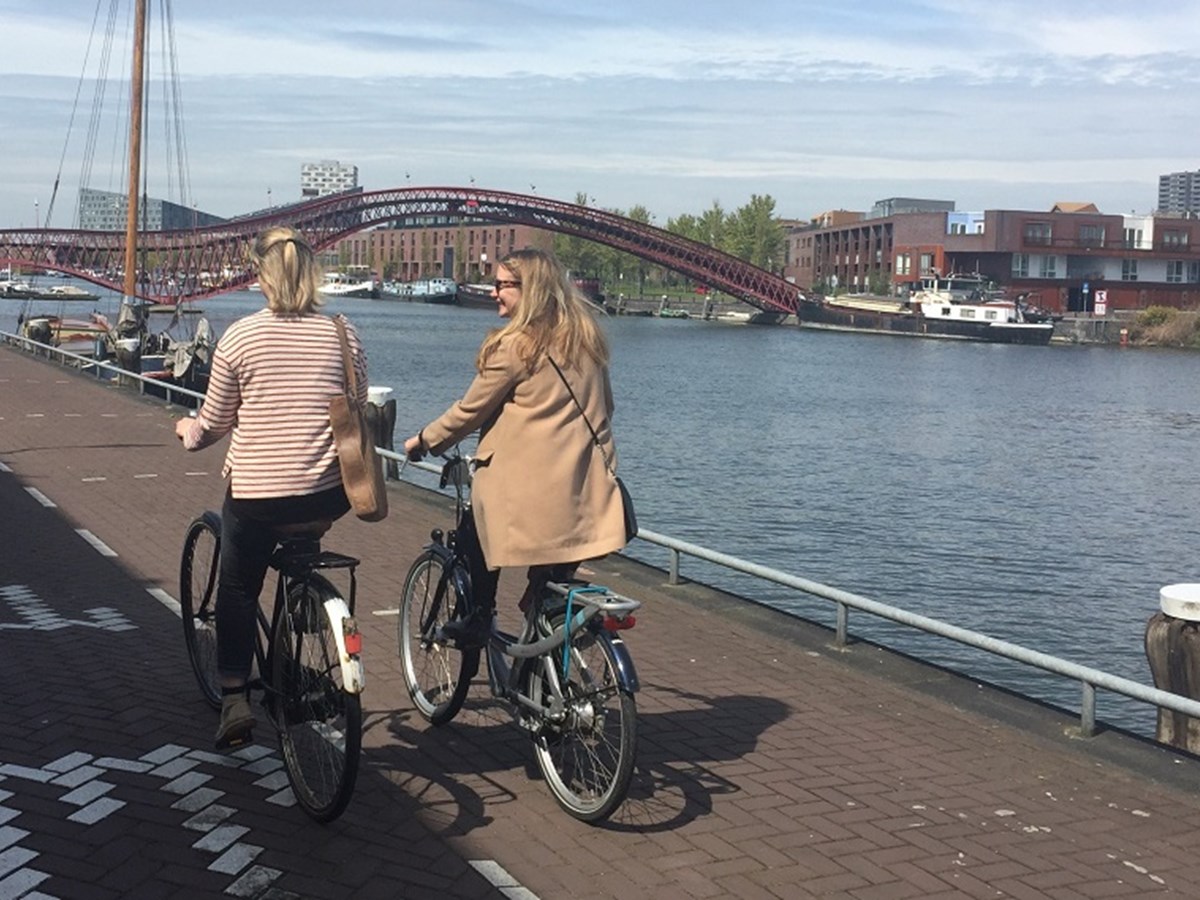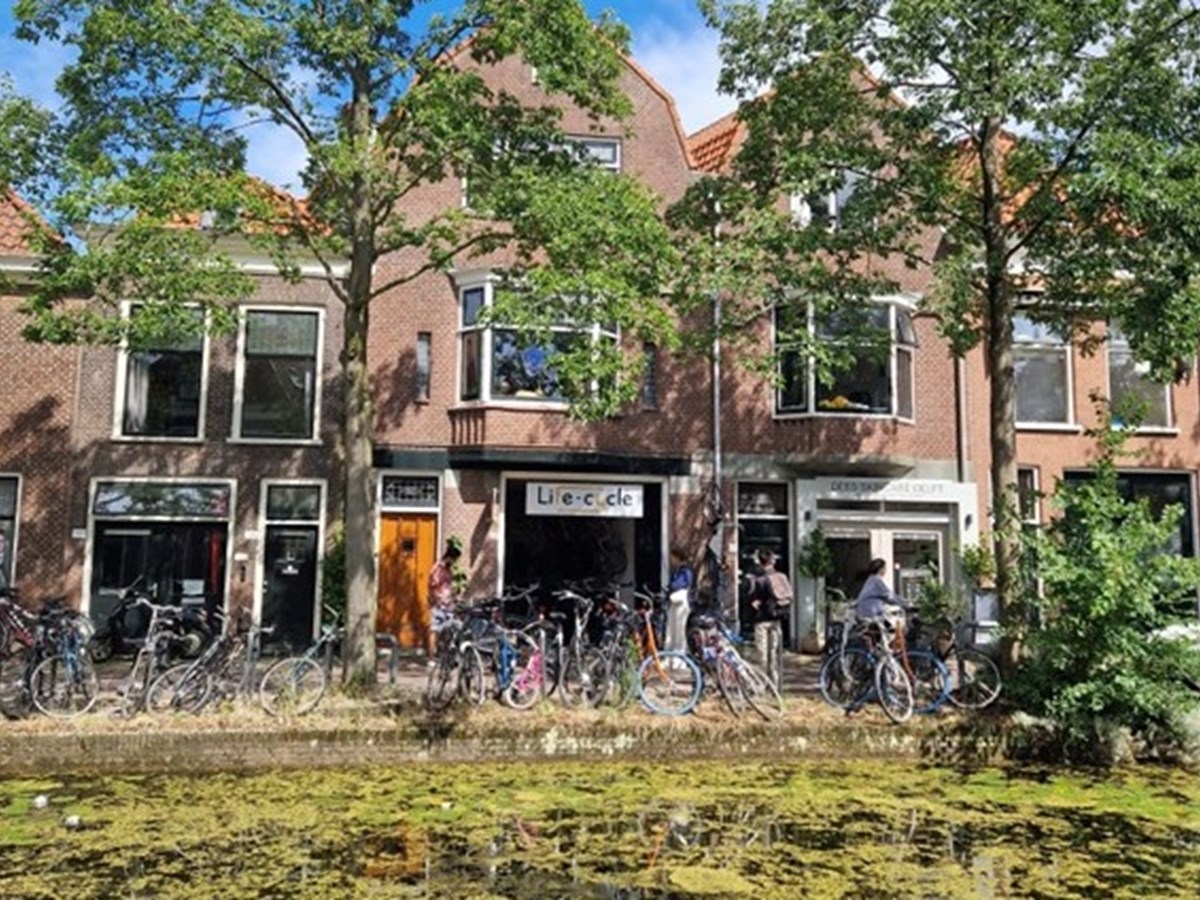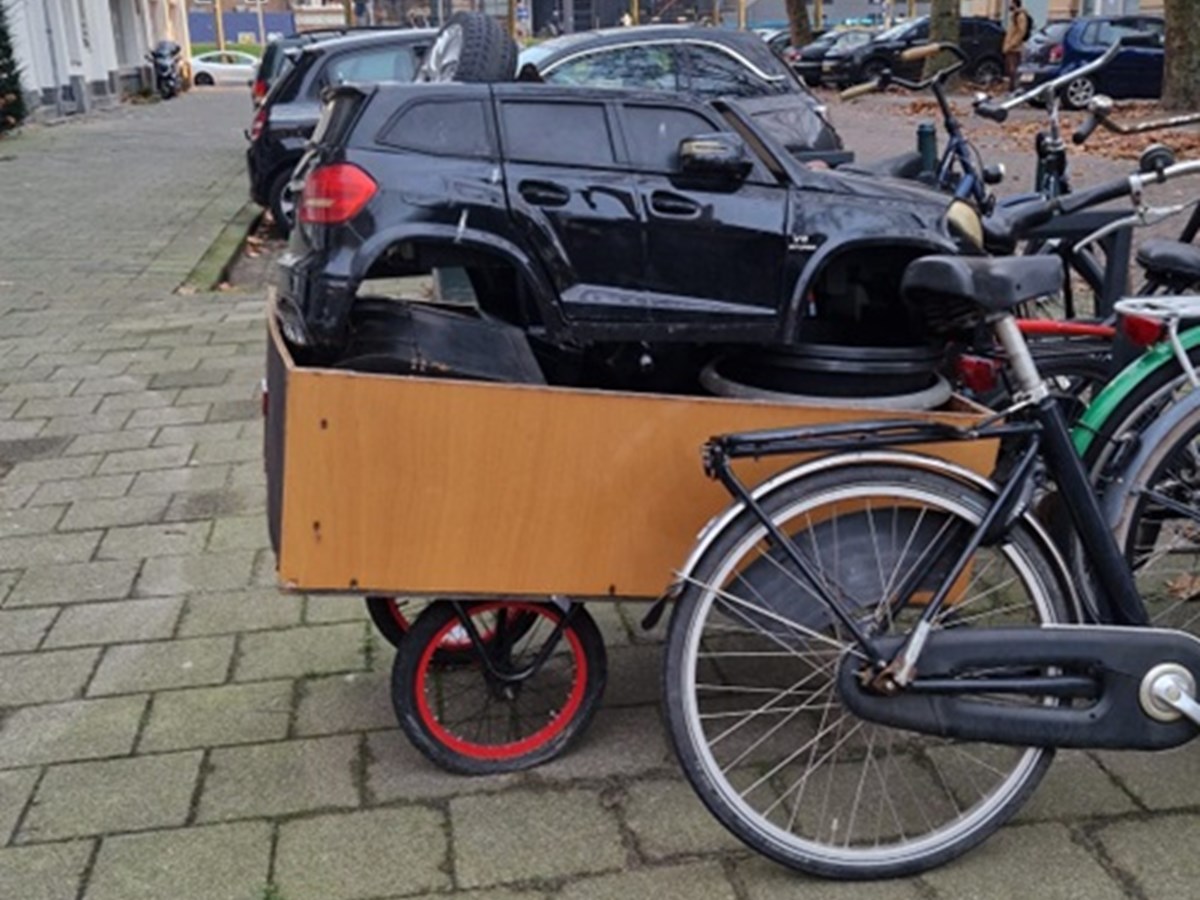Vanessa Harrison was awarded a Practitioner Research Fund grant by the RTPI in 2023 to investigate whether participatory budgeting - a form of participatory democracy where citizens directly decide how to spend public money - can contribute to a fairer active travel system, where women in the UK cycle as much as men.
You can read the full report here, and a summary of Vanessa’s reflections on her findings below.
 Why women cycle less than men in the UK
Why women cycle less than men in the UK
In the UK, women cycle three times less than men, and this imbalance has remained over time. In other parts of Europe like the Netherlands, women cycle more than men. Major barriers like concern about road safety affect everybody, but research shows that women are more likely to be put off by fears of road traffic and lack of infrastructure, which can be compounded by wider cultural norms and caring responsibilities. Nationwide women are also underrepresented in decision-making roles in the public sector, and in the transport sector specifically.
I was interested in unpacking this and understanding the role (if any) decision-making plays in perpetuating the factors causing the cycling gender gap. I wondered whether participatory forms of democracy – where the public are involved in decisions that affect their lives - would result in different outcomes.
Devolution to the doorstep?
Participatory Budgeting (PB) is one such tool of participatory democracy. It is a process where citizens directly decide how to spend a (portion of) a public budget – it’s attractive as it gets ‘straight to the money’.
It began in Brazil in the 1980s as a radical tool for reimagining society and rebuilding trust in government, and it’s since gone worldwide.
Small-scale PB was trialled in the late 2000s in England and Wales, with an intention to “bring devolution to the doorstep”, but was ended by the coalition government in 2010. Despite this, it now continues principally as community grant-giving.
Across Europe people want to engage with their local government on cycling
I spoke to cities across Europe where PB has resulted in spending on projects or programmes to improve cycling. These cities have very different contexts – whether culture, politics, environments, existing mode share and the way the PB process works - and the outcomes differ as a result.
In Warsaw, the budget is 101 Zloty (£20m) and it offers a major funding pot for cycling infrastructure. By contrast, Helsinki has a separate PB funding pot of €8.8million, which sits outside of the main budget, and is significantly less than the €23million spent through ‘normal’ channels on cycling infrastructure.
Projects that directly or indirectly improve the conditions for cycling are consistently a very popular topic across cities’ PB programmes. But the scale of these projects vary - from pedestrianised superblocks in Madrid to bike hangers in Newham’s PB funded by Neighbourhood CIL.
The PB process helps expand decision making through involving ‘ordinary’ people; however, PB turn-out is low and budgets are relatively small. I also struggled to find detailed data on participation. It’s not always clear who takes part, whose ideas are funded, and who benefits from these, and how projects do or do not differ to those funded in ‘normal’ channels.

In countries like the Netherlands, women cycle more than men © Vanessa Harrison

The Life-cycle bike shop in the Netherlands where Vanessa based herself for the duration of the research © Vanessa Harrison
Reflections
It would have been nice to have had a clear-cut answer to the research question such as: ‘Yes, PB helps reshape how decisions are made and produces more equitable outcomes’; but the lack of available data meant I couldn’t fully interrogate the guiding questions. Instead, I developed recommendations about how PB could produce more gender-equitable outcomes.
PB can be a powerful tool when the public sector is well-resourced, committed to building representative participation and explicitly considers gender (and other identities) throughout. But it isn’t always going to be the right tool to use and should be used alongside other participatory democracy processes to build meaningful participation across decision-making.
Turning back to the gender imbalance in cycling, we need more and longer-term financial and political commitment to active travel, as well as recalibrating norms about how we travel, to grow the number of women cycling (which will also support more men to cycle). Without this, the effects of participatory democracy tools will remain small, however positive.

Leaflets for New York’s 2011 PB process © Daniel Latorre via flickr, CC BY 2.0 (https://www.flickr.com/photos/neotint/6267976938/)

We have normalised the large amount of public space taken up by cars in cities – it's time to rethink priorities. © Vanessa Harrison
This is relevant to anybody working in the built environment!
At a time of record distrust in British political institutions, anybody who is involved in shaping the built environment should consider their decision-making processes, who shapes and makes decisions, who benefits, and whether this could be done better.
This can be done through experimenting with innovative tools for engaging citizens in decision making; embedding intersectional gender budgeting into decision making which will help understand who benefits from spending and who does not; and diversifying the type of data used to make decisions and review outcomes against.
Get in touch?
I only scratch the surface on interconnected, complex and varied themes. I’d welcome further conversations with anybody interested.


